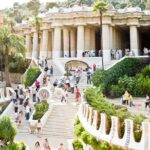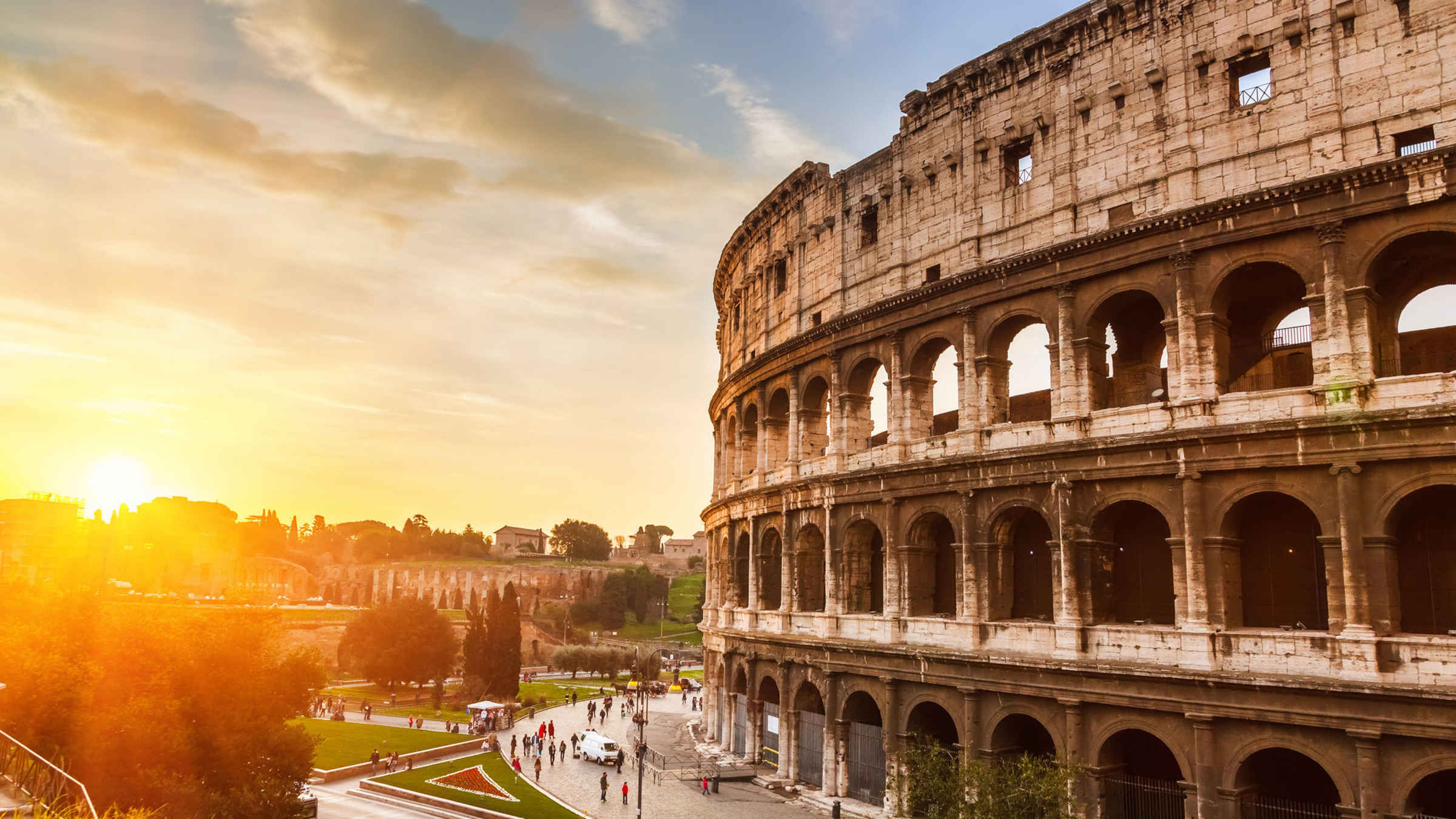Introduction to Barcelona Old Town Gothic Quarter Walking Tour
Overview
This tour isn’t just about seeing the sights – it’s about understanding the city. We bring 2,000 years of Barcelona’s history to life with engaging stories, local legends, and sharp insights that connect the past to the present. You'll explore both hidden corners, iconic landmarks, and the real heart of the Gothic Quarter – led by a passionate, personable local who knows the streets like the back of their hand. With group sizes kept small, we create space for questions, conversation, and a truly personal connection. Whether you’re here for a day or a week, you’ll leave with a deeper understanding of Catalan culture, practical tips for your visit, and plenty of memorable moments. We don’t use scripts or umbrellas – just thoughtful storytelling, humour, and genuine love for this city. If you’re looking for something beyond the basics, this is the tour you’ve been hoping for.
What's Included
- Small-group experience of max 10 adults for a more personal and relaxed atmosphere
- Ideal introduction to the city for first-timers and curious return visitors
- Personalized post-tour tips on where to eat, explore, and experience more
- Local advice on what to avoid and how to skip the tourist traps with confidence
- Expert local host with deep knowledge of Barcelona’s history and culture
- Food and drinks (though you’ll get great local recommendations!)
- Transportation to and from the meeting point
- Personal purchases along the route (souvenirs, snacks, etc.)
- Gratuities (always appreciated, never expected)
- Admission fees are not included, as we typically do not enter buildings that require a fee for entry.
Meeting Location
Plaça de Correus
Ciutat Vella, 08002 Barcelona, Spain
Detailed check-in instructions, including the exact address, are provided with your booking confirmation.
Plaça Reial
Ciutat Vella, 08002 Barcelona, Spain
The tour usually ends at or near Plaça Reial, one of Barcelona’s most iconic squares, just a short walk from La Rambla. However, the exact end location may vary slightly depending on the day and group flow, but don’t worry, it’ll always be somewhere central and well connected.
What To Expect
Gothic Quarter (Barri Gotic) (Pass By)
Edifici de Correus
5 minutes • Admission Ticket Free
El Cap de Barcelona
5 minutes • Admission Ticket Free
Basilica de Santa Maria del Mar
5 minutes • Admission Ticket Free
Pont del Bisbe
5 minutes • Admission Ticket Free
Casa de l'Ardiaca
5 minutes • Admission Ticket Free
Barcelona City Hall
5 minutes • Admission Ticket Free
Museu d'Historia de Barcelona - MUHBA (Pass By)
Palau De La Generalitat De Catalunya
10 minutes • Admission Ticket Free
Roman Aqueduct
5 minutes • Admission Ticket Free
Font dels Senyors
5 minutes • Admission Ticket Free
Col.legi d'Arquitectes de Catalunya
5 minutes • Admission Ticket Free
Capella de Santa Agata
5 minutes • Admission Ticket Free
Monument als Castellers
5 minutes • Admission Ticket Free
Palau Reial Major
5 minutes • Admission Ticket Free
Muralla Romana
10 minutes • Admission Ticket Free
Faroles modernistes d'Antoni Gaudí
5 minutes • Admission Ticket Free
Fuente de las Tres Gracias
5 minutes • Admission Ticket Free
Palau Episcopal de Barcelona
5 minutes • Admission Ticket Free
Palau Centelles
5 minutes • Admission Ticket Free
Casa Llotja de Mar
5 minutes • Admission Ticket Free
General Archive of the Crown of Aragon
5 minutes • Admission Ticket Free
Mirador del Rei Marti
5 minutes • Admission Ticket Free
Capilla de Santa Lucia
5 minutes • Admission Ticket Free
Basilica dels Sants Martirs Just i Pastor
5 minutes • Admission Ticket Free
MUHBA Temple d'August
5 minutes • Admission Ticket Free
Barcelona Cathedral
10 minutes • Admission Ticket Free
Placa del Rei
5 minutes • Admission Ticket Free
Placa de Sant Jaume
5 minutes • Admission Ticket Free
Placa Reial
5 minutes • Admission Ticket Free
Additional Info
- Confirmation is instant and will be received at time of booking
- Wheelchair accessible
- Transportation options are wheelchair accessible
- All areas and surfaces are wheelchair accessible
- Service animals allowed
- Public transportation options are available nearby
- Suitable for all physical fitness levels
- Infants and small children can ride in a pram or stroller
- Admission fees are not included, as we typically do not enter buildings that require a fee for entry.
- This tour/activity will have a maximum of 10 travelers
Frequently Asked Questions
(6)Q: What is the cancellation policy for the Introduction to Barcelona Old Town Gothic Quarter Walking Tour?
Cancellation Policy
Still have questions?
We're here to help.
Activity code: C-5570438P2
Reviews
Average 5.00 out of 5 stars based on 3 traveler reviews collected by City Boat Tours and partner sites such as Cool Destinations and TripAdvisor
Additional Info
Similar Tours & Activities

Barcelona’s Legendary Bites: Self-Guided Culinary Puzzle Quest
US$7.14

Bar Crawl in Barcelona with Spanish Wines, Vermut, Cold Beer and Tapas
US$145

Explore Beautiful Barcelona: Self-Guided Audio Tour
US$15.26

Barcelona Tapas & Wine Private Tour in Traditional Taverns
US$135.89
Travelers Who Bought This Tour Also Bought

Park Guell Guided Tour with Skip the Line Ticket
US$34.57

Montserrat Monastery Half Day Experience from Barcelona
US$63.29

Barcelona Sunset Cruise with Light Snacks and Open Bar
US$70.33

Barcelona in 1 Day: Sagrada Familia, Park Guell,Old Town & Pickup
US$118.57









